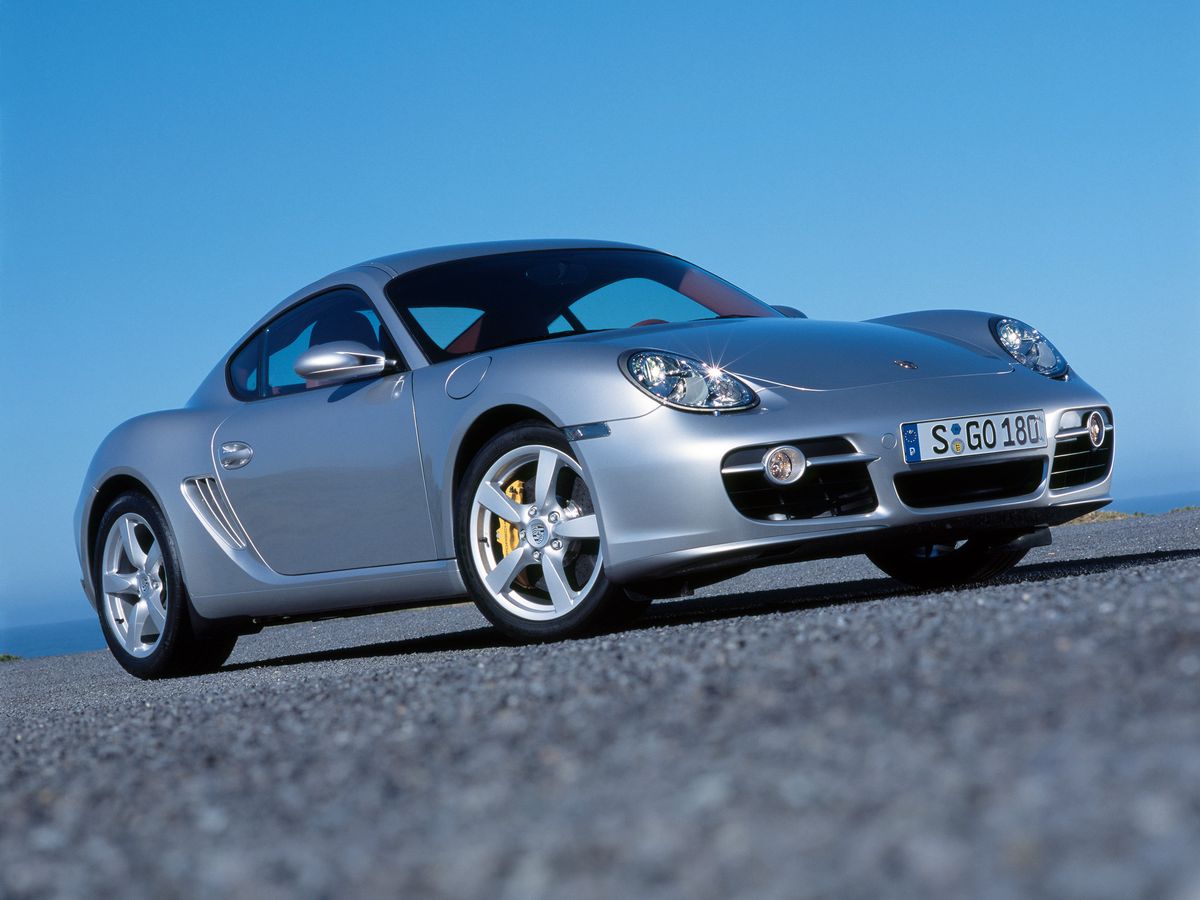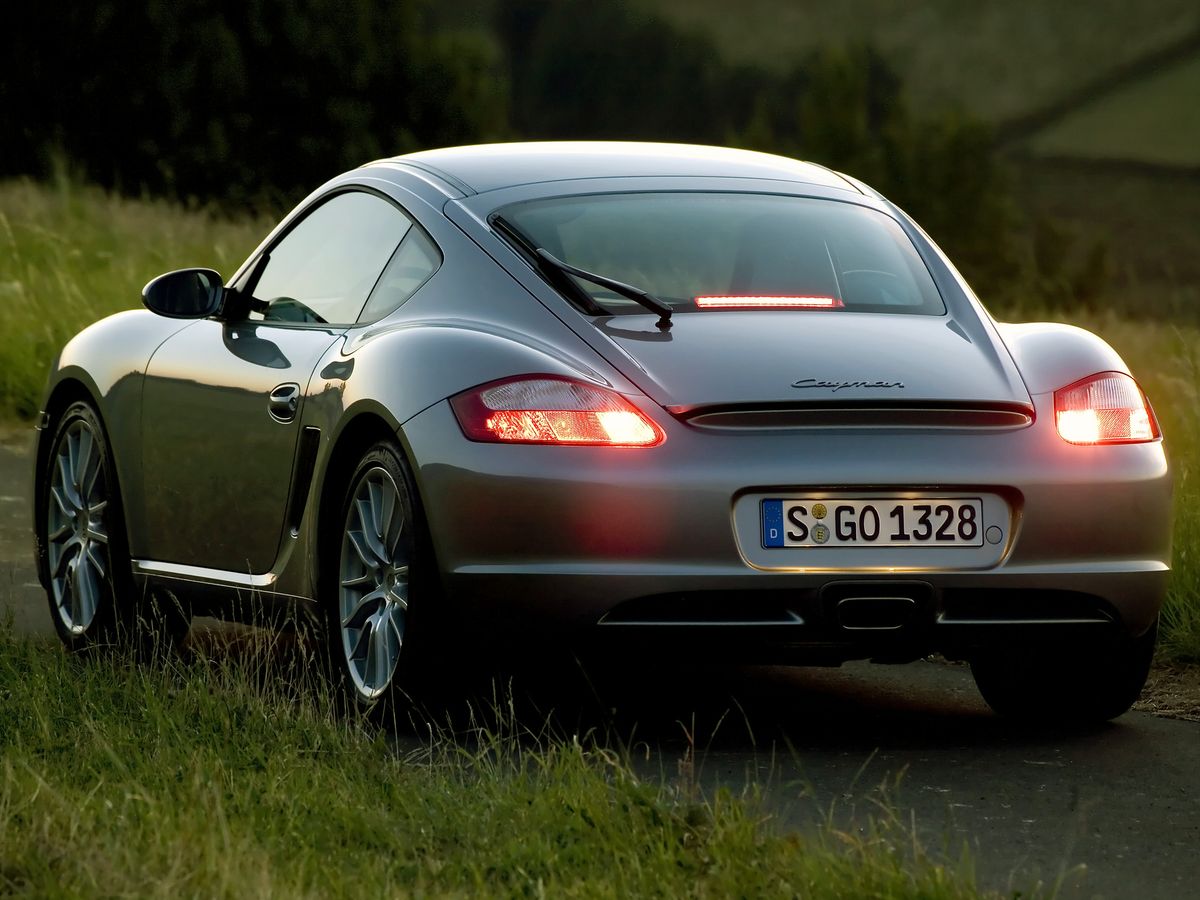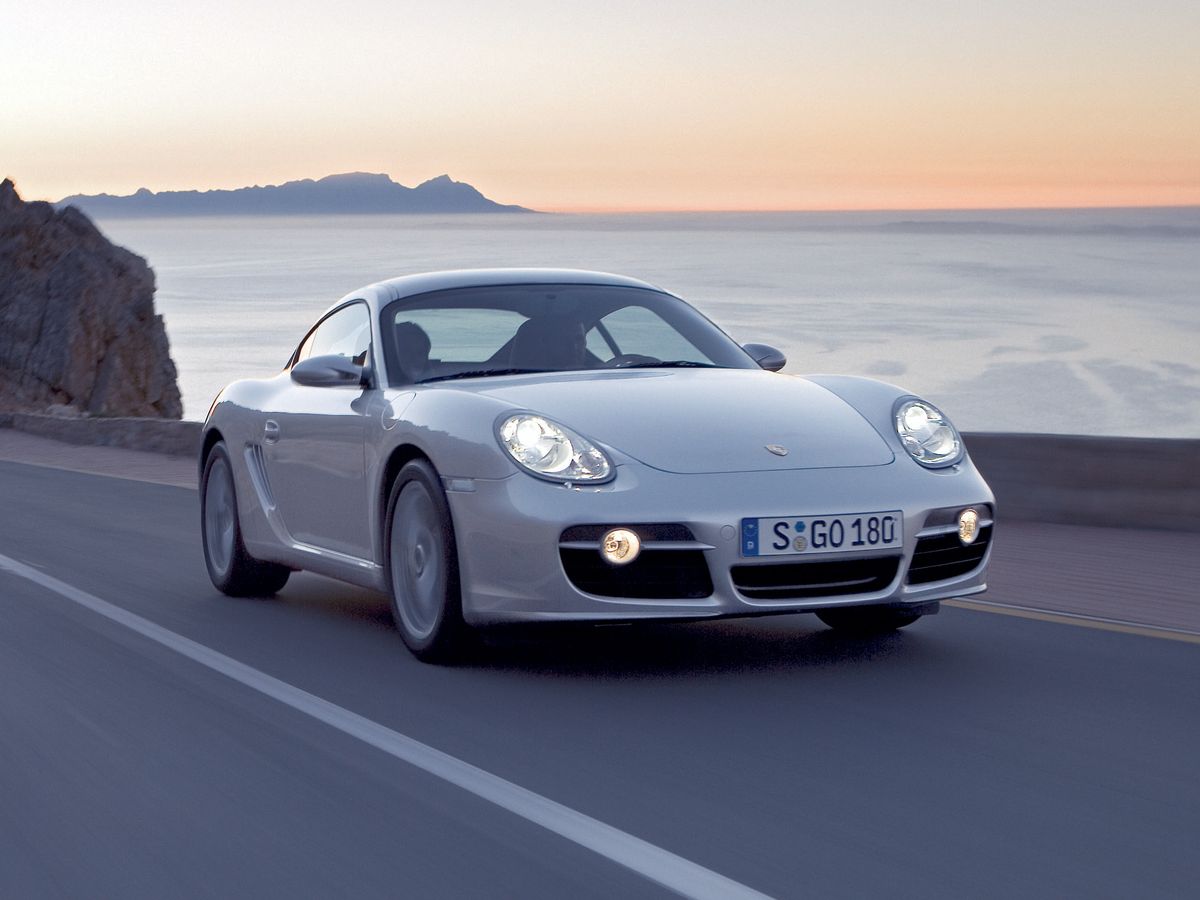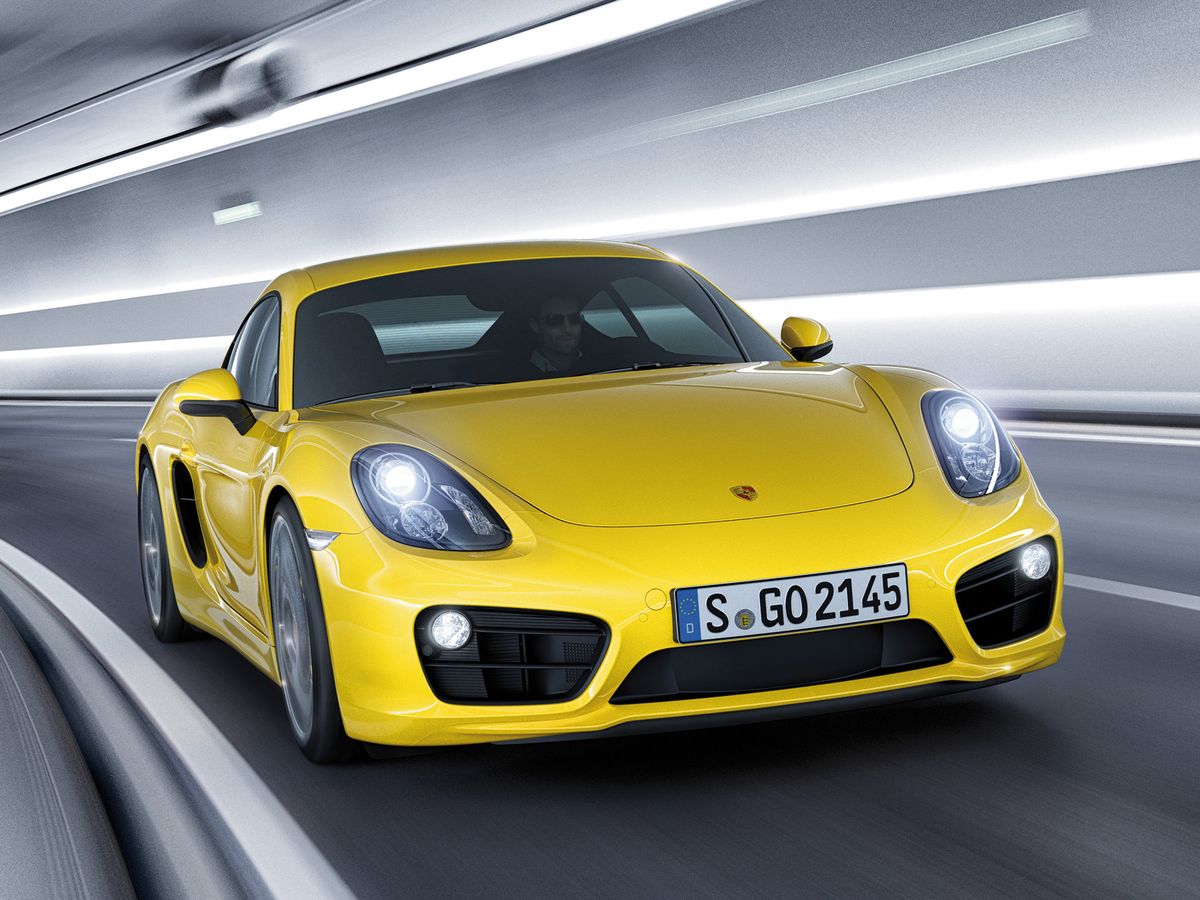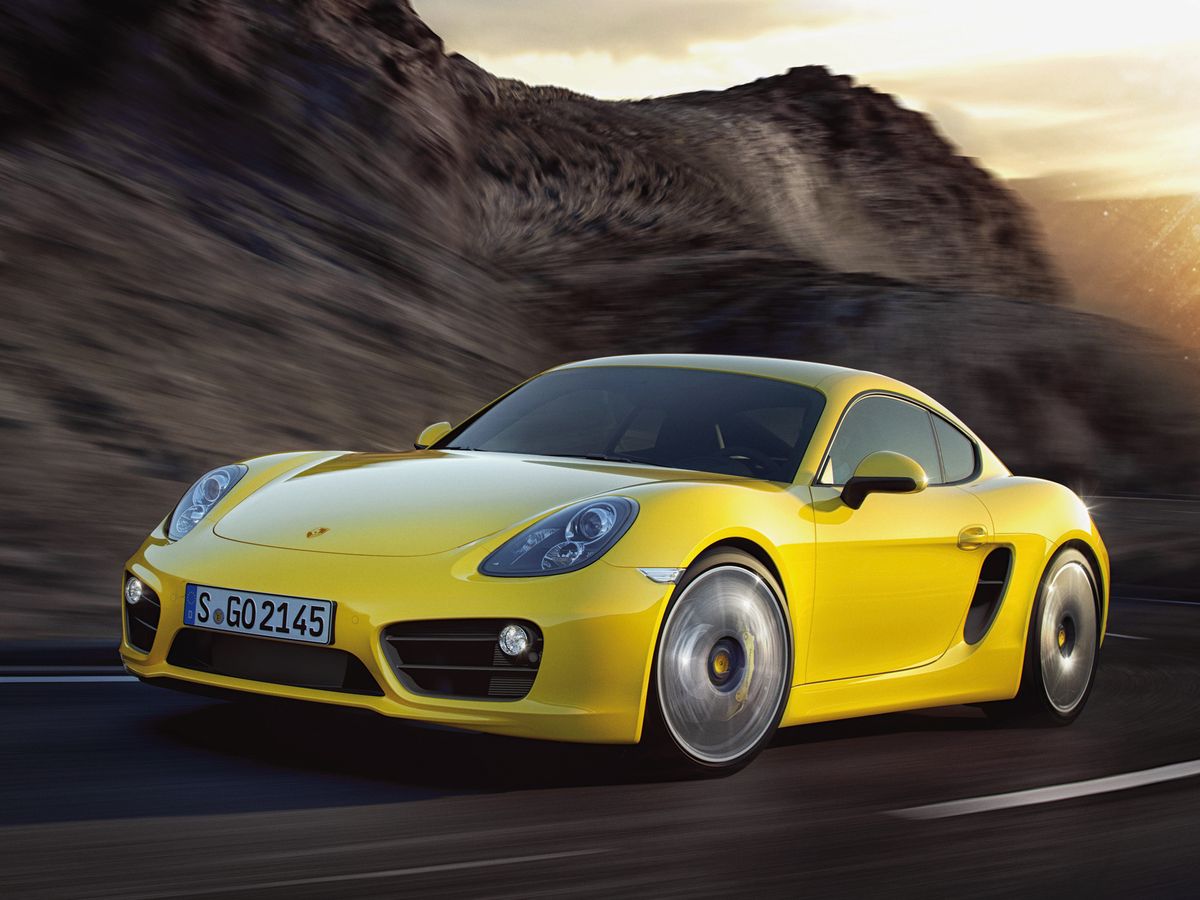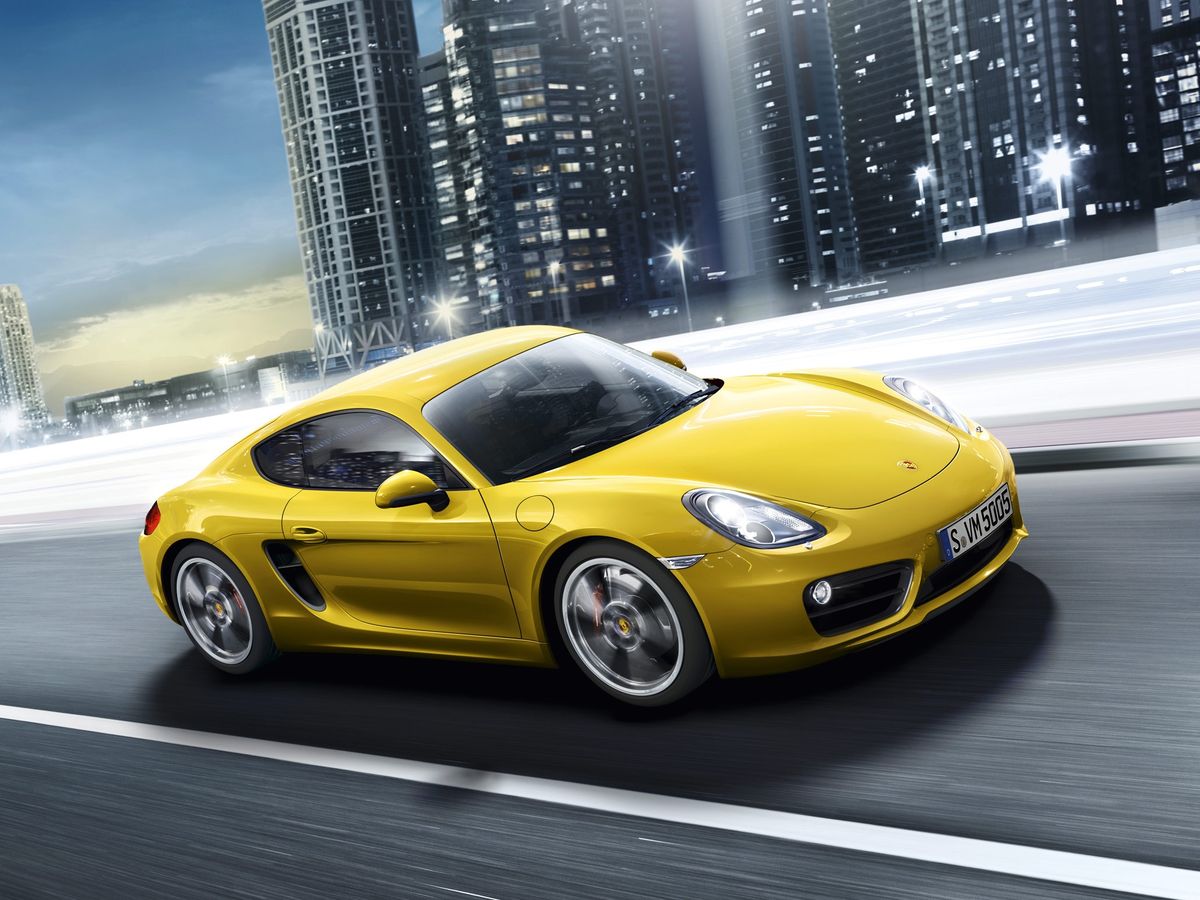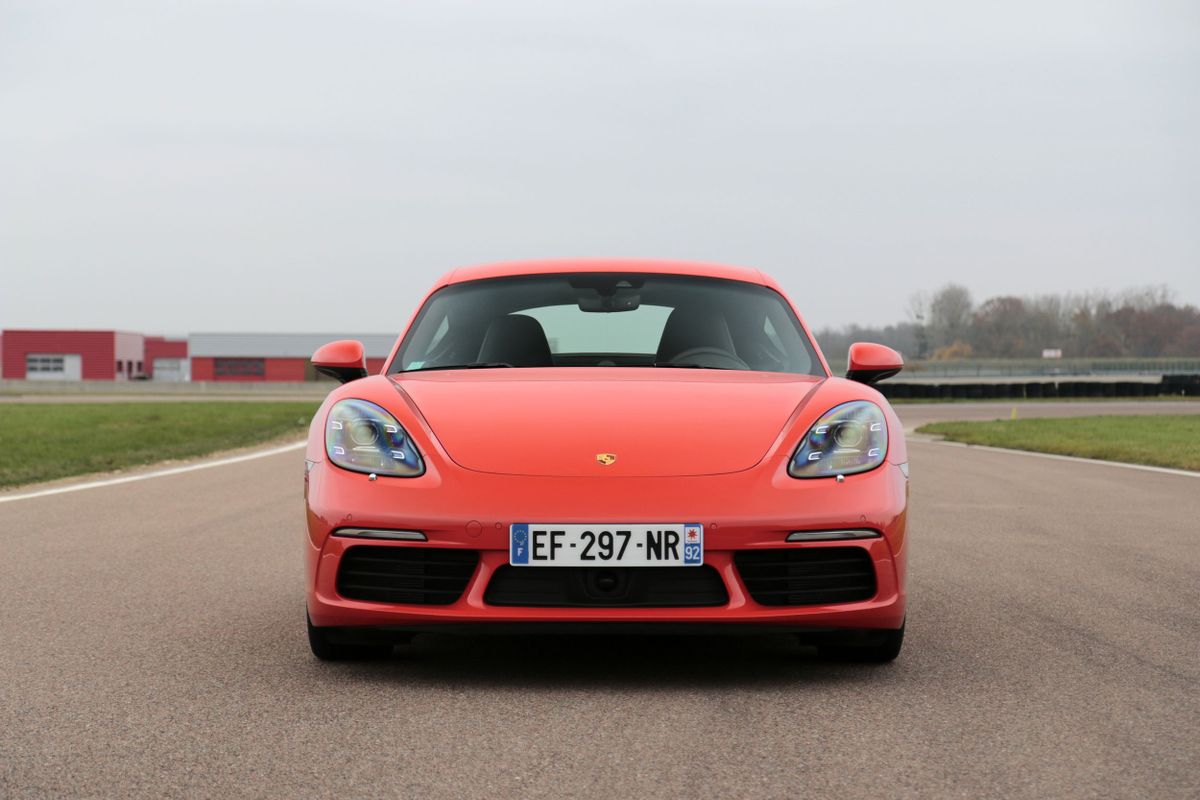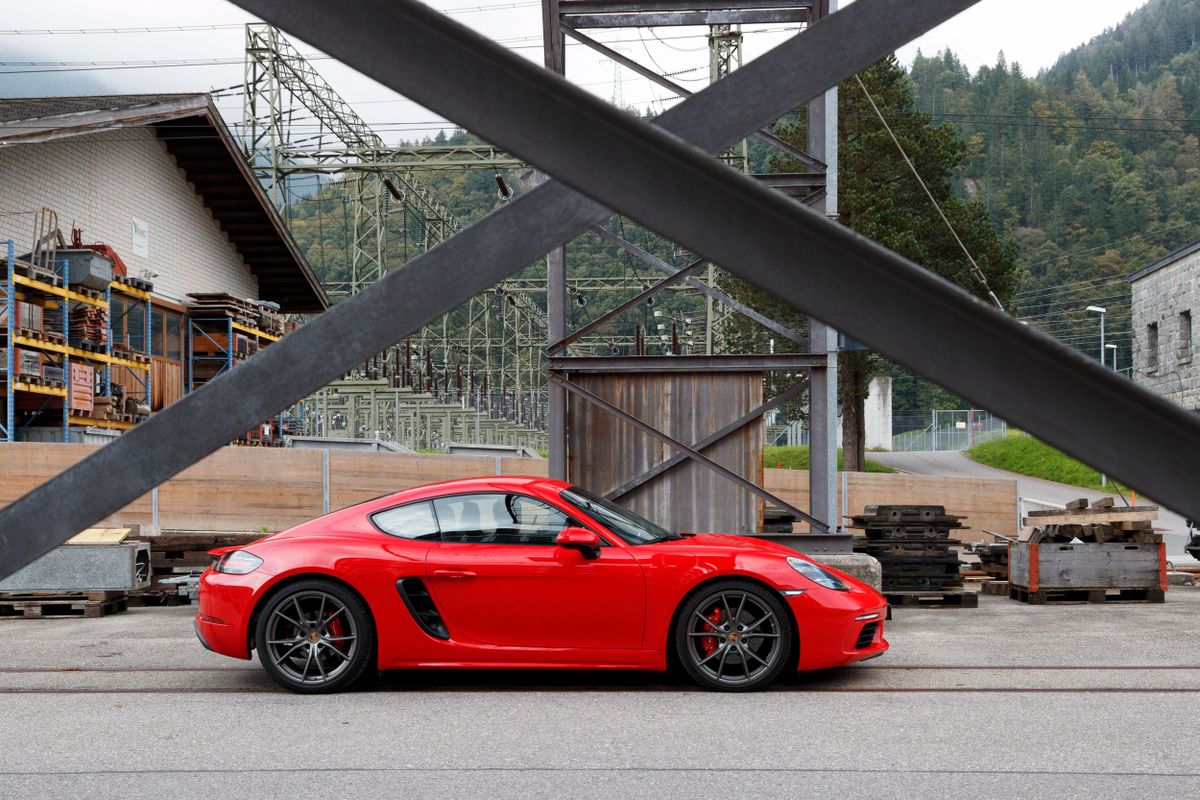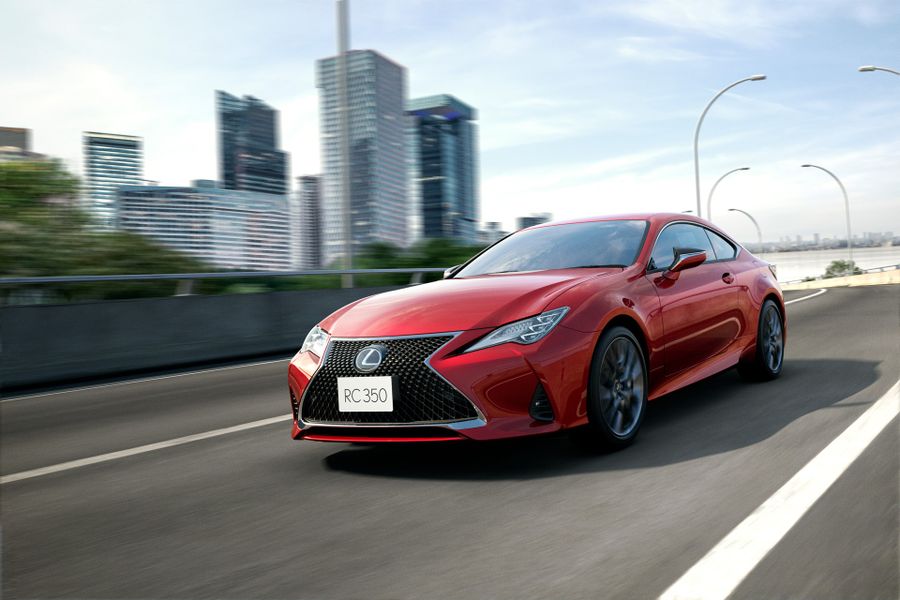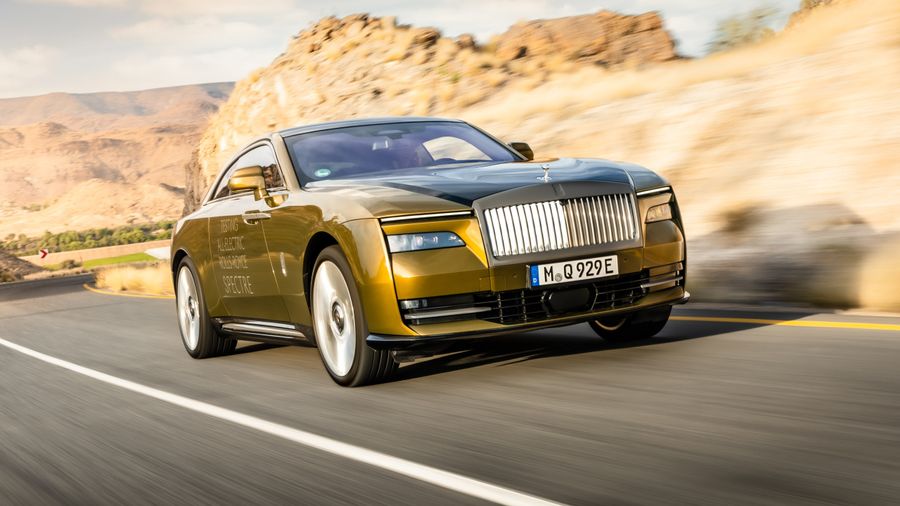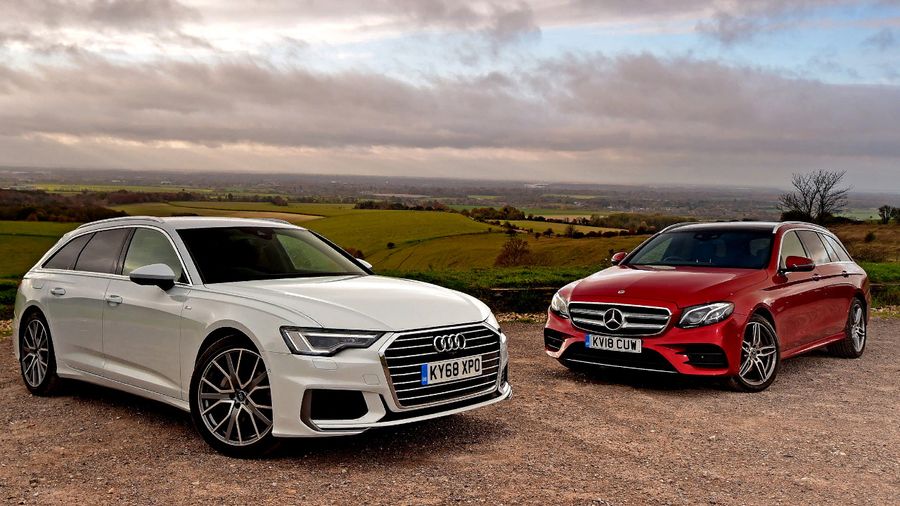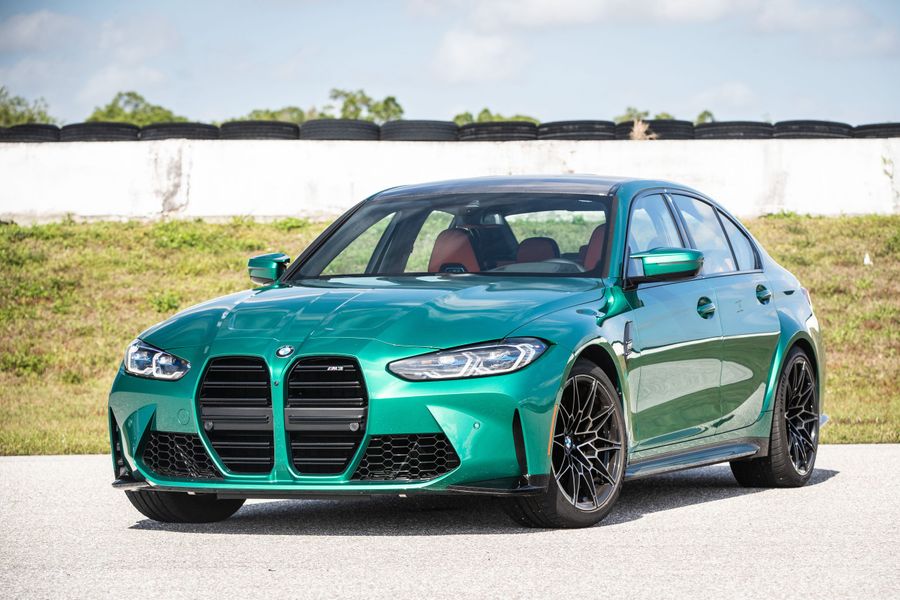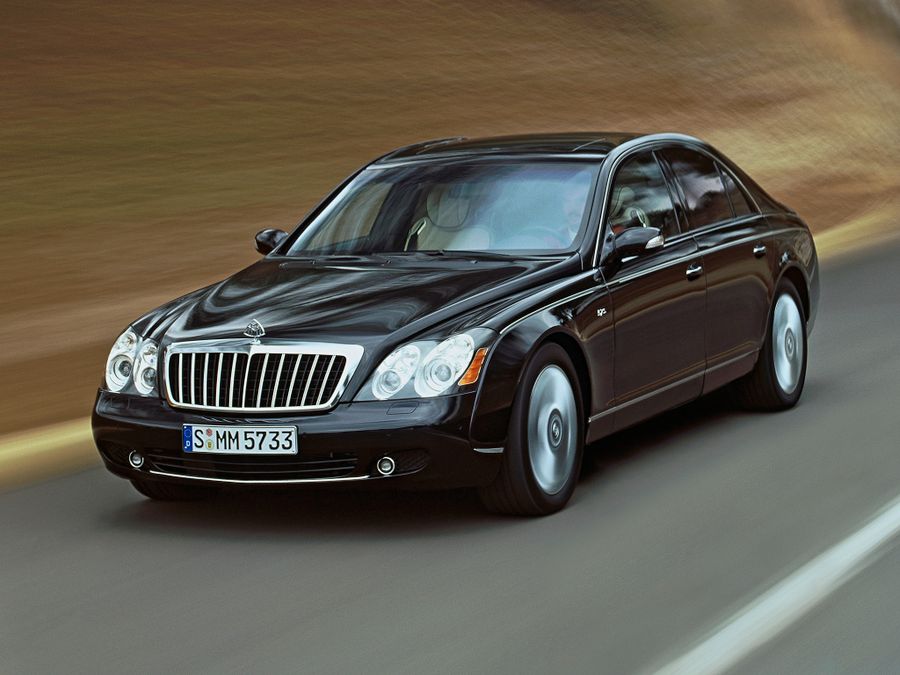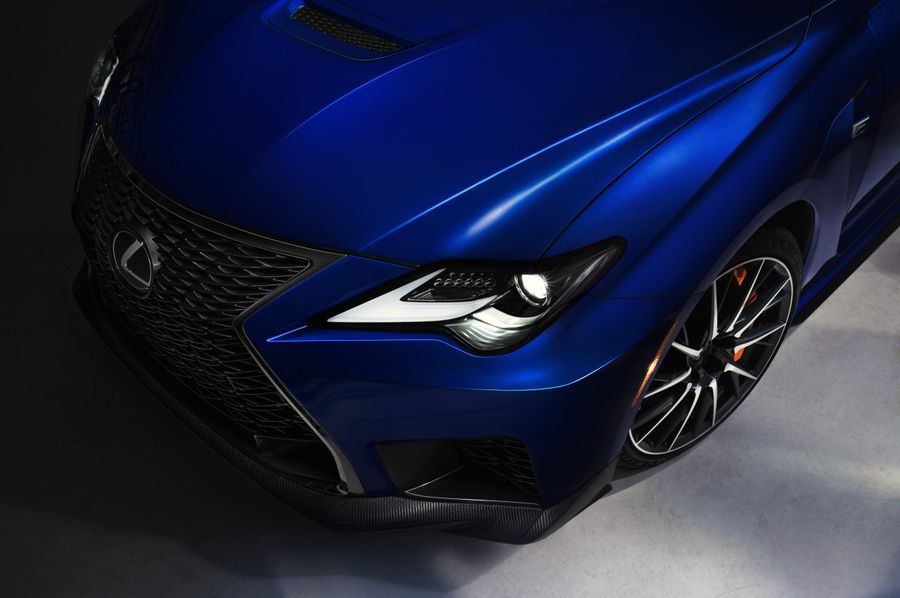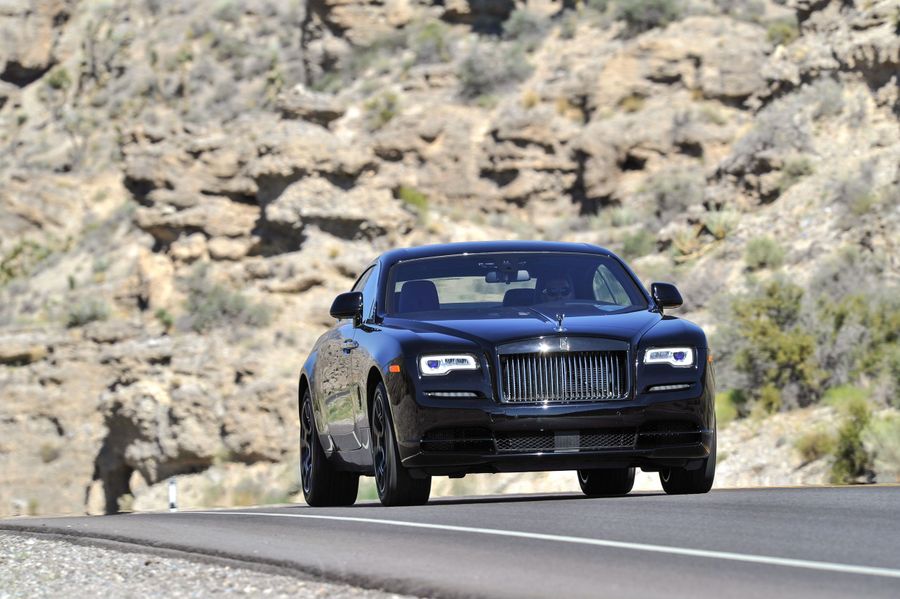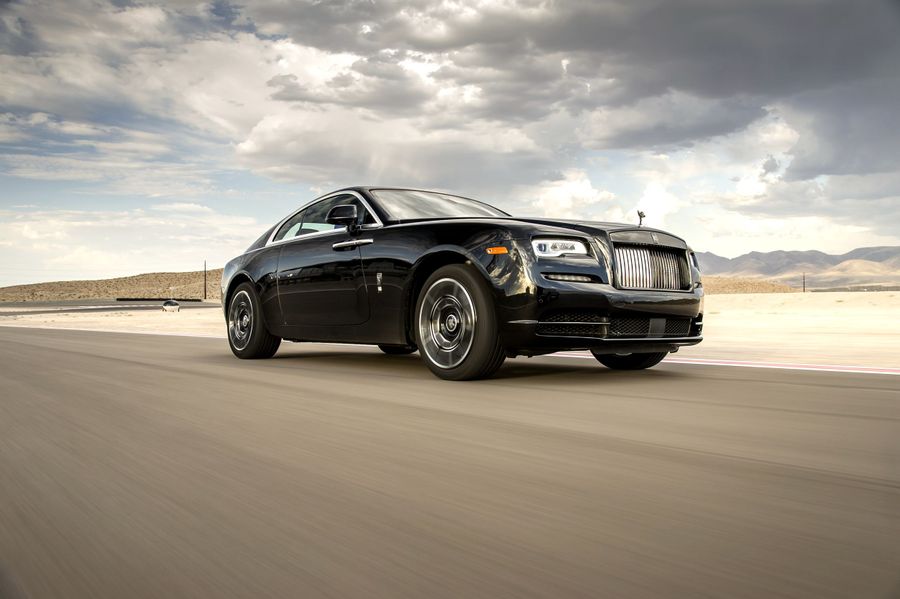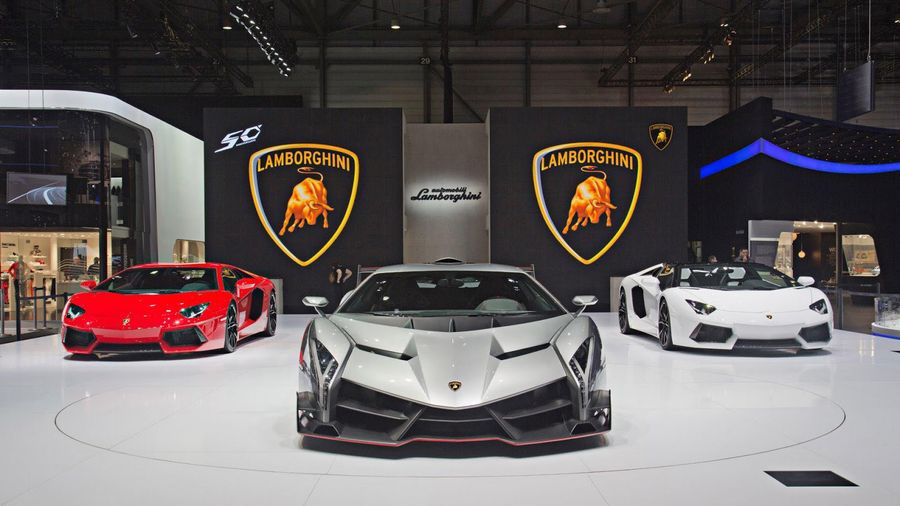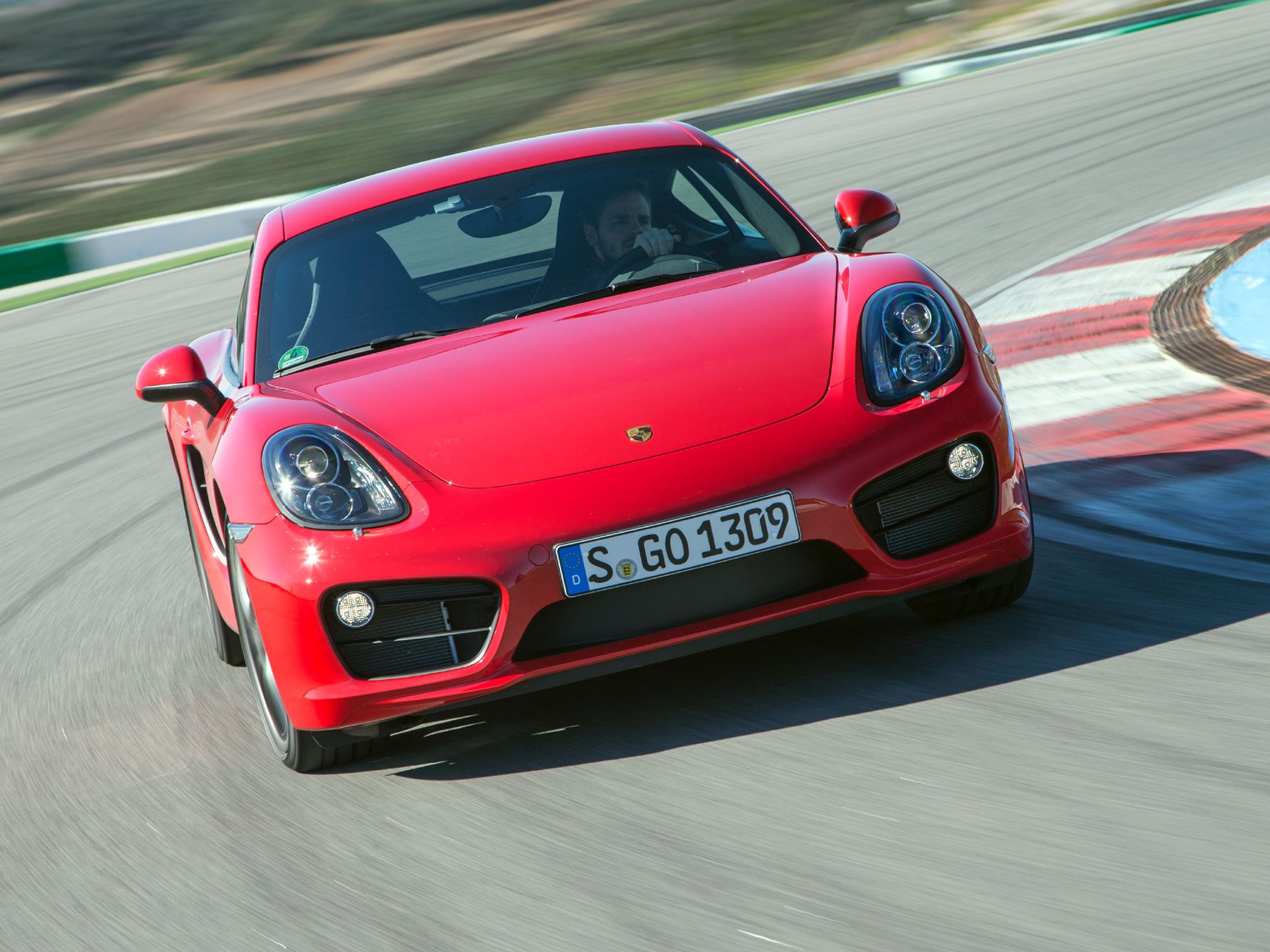
Porsche 718 Cayman. Speed in the DNA
The Porsche 718 Cayman is a sports coupe with a mid-engine layout manufactured by Porsche (German) since 2004. It has existed for three generations, the last of which, released in 2016, has undergone a deep restyling and started featuring the ‘718’ prefix in its name.
The 2016/2017 Porsche 718 Cayman is the heir to the legendary sports car of the 60s, the Porsche 718. Its DNA is formed by the will to win, drive and speed. It continues the era of the 718 Porsche cars, the first legendary 718 and the modern Spyder and Boxster. Their turbocharged 4-cylinder boxer engines have the heart of a true athlete who has won many victories. These cars are designed to be unconventional and make a lasting impression.
The Porsche 718 open-top racing model was produced from 1957 to 1962 and was initially equipped with a 1.5-liter naturally aspirated 4-cylinder boxer engine, producing 142 hp. In 1960, the manufacturer presented the 718 RS 60 Spyder with a 1.6-liter 160 hp engine, which was quite powerful for a mid-engine car weighing only 550-570 kg. The first 718 won the Targa Florio, 12 Hours of Sebring and Le Mans (in its class), as well as the European Hill-Climb Championship.
The first generation
It was produced from 2004 to 2013, and was restyled in 2009. The first Cayman was based on the Boxster roadster. The Cayman differed from it only by a closed body and suspension settings. The sports coupe had a two-seater interior, a mid-engine layout and rear-wheel drive. It came with 6-cylinder boxer engines, with a 2.7-liter 245 hp engine being installed on the entry-level version and a 3.4-liter 295 hp engine being offered for the Cayman S modification. There were 5-speed manual and automatic transmissions. With manual transmissions, the regular Cayman and Cayman S were able to accelerate to 100 km/h in 6.1 and 5.4 seconds, respectively.
After the restyling in 2009, the Cayman received a new 2.9-liter 265 hp engine and an upgraded 3.4-liter 320 hp engine. The automatic transmission was replaced by a 7-speed PDK CVT. In 2010, the manufacturer released the Porsche Cayman R with a lightweight body, a lowered suspension and a 3.4-liter engine boosted to 330 hp.
The second generation
It was produced from 2013 to 2016. The second-generation Porsche Cayman two-seater mid-engine sports car was offered with a 2.7-liter 6-cylinder boxer engine with 275 hp and 3.4-liter engines with 325 and 340 hp. The car was rear-wheel drive. The suspension remained unchanged, but the sports coupe became larger (albeit by a few millimeters) and acquired a 6 cm longer wheelbase. The body was stiffer and lighter due to the expanded use of high-strength steels, and most importantly, aluminum and even magnesium.
The 2016/2017 Porsche 718 Cayman is the heir to the legendary sports car of the 60s, the Porsche 718. Its DNA is formed by the will to win, drive and speed.
In 2014, the manufacturer released the GTS version, followed the GT4 ‘hot’ version introduced in 2015th. The Cayman GTS was equipped with a 3.4-liter engine producing 340 hp and 380 Nm. When equipped with the CVT and with the Sport Plus mode one, this two-door car developed the first 100 km in 4.7 seconds. The car was richly equipped, which, unfortunately, affected its weight. The ‘hot’ Porsche Cayman GT4 featured a 3.8-liter naturally aspirated boxer engine, boosted to 385 hp and 420 Nm, coupled with the manual transmission. The car was 5 kg lighter than even the ‘manual’ GTS. The track-oriented Cayman GT4 was capable of accelerating to the first 100 km in 4.4 seconds. However one could love it not only for the dynamics, but also for its uncompromising behavior in the circuit race, which made you forget any discomforts in the city.
The third generation
It has been produced from 2016 to the present (as of 2021). The new Porsche Cayman was developed on the basis of the previous model, but it turned out to be so different that the manufacturer singled it out to the next generation. Most of the body panels, optics, and, most importantly, engines have been changed. Moreover, in 2016, Cayman started featuring the ‘718’ prefix in its name. And now, together with the Boxster and Spyder, they form the top three 718 cars.
Compared to previous models, the new Cayman boasts a more eye-catching design, a chassis with stiffer springs and dampers with even sportier settings, and the 10% sharper steering. When installing the PASM sports suspension, the ground clearance is reduced by 10 mm, and the S-version is the first to feature the PASM 20 mm lowered suspension.
The coupe is equipped with a variety of systems that enhance dynamics, comfort and driver convenience. The Sport Chrono Package, just like other Porsches, now comes with a mode switch on the steering wheel, featuring the Individual mode in addition to the three previous modes (Normal, Sport, Sport Plus). Porsche Communication Management is now standard equipment. Importantly, the turbocharged engines offer a significant output of up to 350 hp (257 kW) with significantly reduced fuel consumption. Porsche engineers have managed to increase the output and torque by 25 kW (35 hp) and 100 Nm, respectively, while reducing fuel consumption and emissions by 14% (NEDC).
Porsche engineers have managed to increase the output and torque by 25 kW (35 hp) and 100 Nm, respectively, while reducing fuel consumption and emissions by 14% (NEDC).
The entry-level models use a 2-liter turbocharged boxer engine with direct fuel injection (DFI), VarioCam Plus and integrated dry sump lubrication. It develops 220 kW (300 hp) at 6,500 rpm. The maximum torque is 380 Nm, which can be reached at 1,950 rpm and maintained at 4,500 rpm due to the turbocharging. With the Porsche Doppelkupplung (PDK), the 2019/2020 Porsche 718 Cayman accelerates from 0 to 100 km/h in 4.9 seconds and reaches a top speed of 275 km/h.
The Porsche 718 Cayman S features a 2.5-liter turbocharged boxer engine. It develops 257 kW (350 hp) at 6,500 rpm. The maximum torque of 420 Nm is achieved in an impressive range from 1,900 to 4,500 rpm. Moreover, just as the 911 Turbo, it uses Variable Turbine Geometry (VTG). This system contributes to an even more even power delivery and thus greater driving pleasure. What about accelerating? Well, it is limited to 285 km/h. The S model with PDK and Launch Control reaches 100 km/h in just 4.2 seconds.


